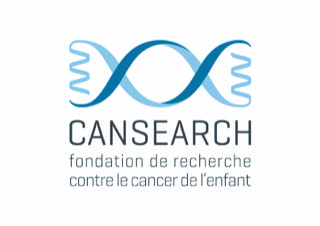3. Project on Neuroblastoma
Evaluation of the in vivo efficacy of PRIMA-1MET and its synergistic interactions with combined inhibition of RAS-MAPK and AKT-mTOR in neuroblastoma
Neuroblastoma (NB) is the most common extracranial solid tumor in children, accounting for 7 to 8% of all childhood malignancies and 15% of all cancer-related deaths in this population. It is the most frequently diagnosed cancer during early childhood, with a median age at diagnosis of around 19 months. While 90% of patients are under 5 years old, NB is very rare after the age of 10. Metastatic disease is present in approximately 50% of cases.
Children in the very low-risk subgroup have an expected long-term survival rate of 99 to 100%, while patients in the high-risk subgroup have a long-term survival rate of less than 50% despite intensive multimodal therapy including surgery, high-dose chemotherapy with autologous stem cell transplantation, radiotherapy, and immunotherapy. Therefore, new therapies for the high-risk subgroup are urgently needed.
In recent years, the Neuroblastoma Group of the CANSEARCH research platform has focused on finding new treatment options for patients with neuroblastoma, particularly aggressive in metastatic forms. We have published very interesting results, notably on a small molecule, PRIMA-1MET (APR-246 or eprenetapopt), known to reactivate the p53 protein and its interactions with various signaling pathways important in neuroblastomagenesis.
With the advent of CRISPR/Cas9 technology, we have access to a new tool to investigate new avenues, particularly in the field of synthetic lethality.
The aim of our current project is to develop CRISPR/Cas9 library screening technology in neuroblastoma to identify additional synergistic genetic targets in the context of established therapies in neuroblastoma, especially with eprenetapopt, ALK inhibitors, and cisplatin.
In addition to these activities, we will also continue to analyze relevant publicly available data from the INRG consortium to study the clinical importance of certain genetic markers and their combination.
